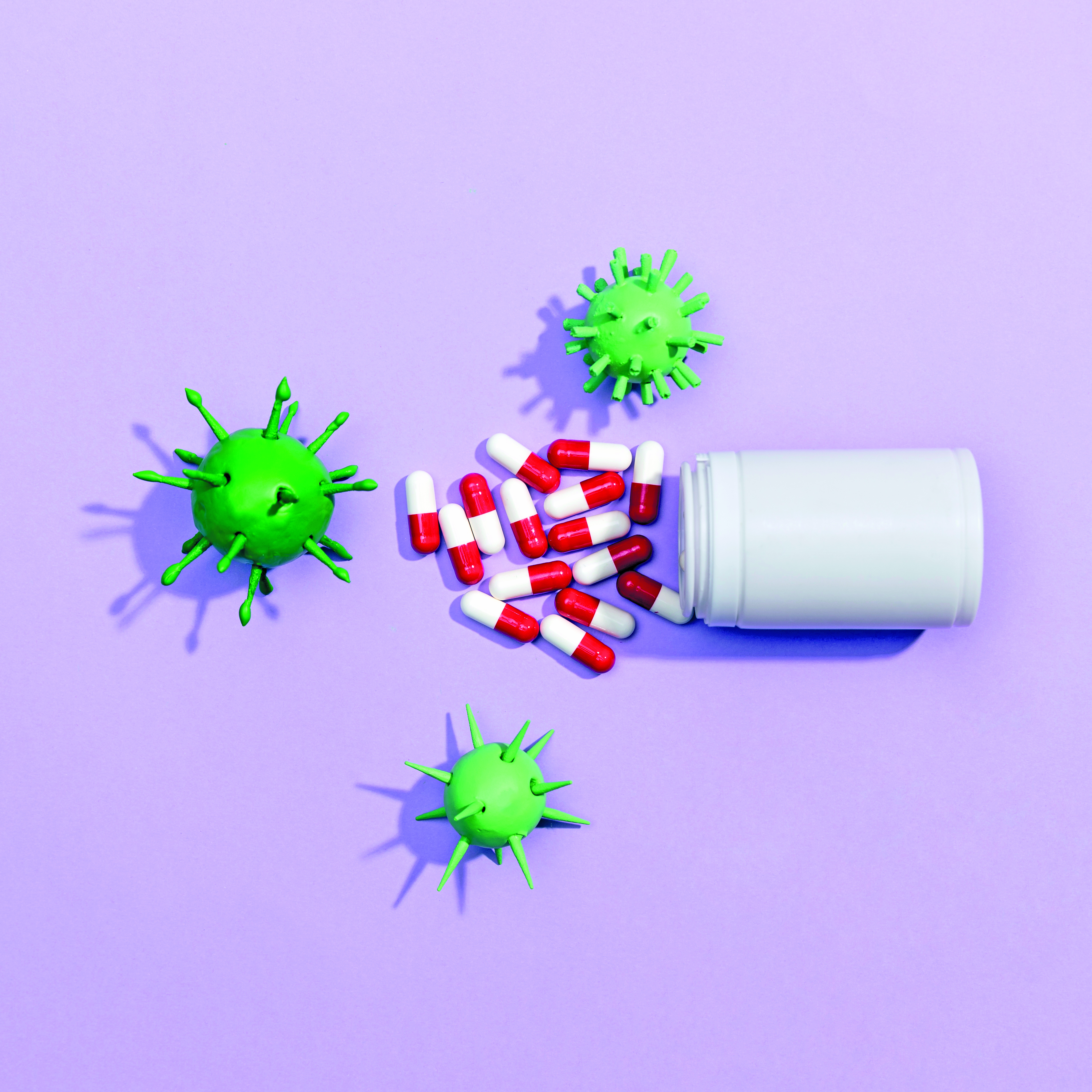Air pollution could be driving rise in antibiotic resistance: New Lancet study

New Delhi: Controlling air pollution could aid in reducing antibiotic resistance, which is when disease-causing microbes are able to resist the drugs designed to kill them, according to new research published in The Lancet Planetary Health journal.
The association between PM2.5 air pollution and an increase in antibiotic resistance has strengthened over time, with enhancement in PM2.5 levels leading to larger increases in antibiotic resistance in more recent years, the analysis found using data from 116 countries from 2000 to 2018.
Sources of PM2.5 include industrial processes, road transport, and domestic coal and wood burning.
Previous research indicates 90 per cent of the world’s population, or 7.3 billion people, are directly exposed to unsafe average annual PM2.5 levels, with 80 per cent of them living in low and middle-income countries.
PM2.5 air pollution was one of the leading factors driving antibiotic resistance, accounting for 11 per cent of changes in average antibiotic resistance levels globally, this study found.
Further, every 1 per cent rise in air pollution was linked with an increase in antibiotic resistance of between 0.5 and 1.9 per cent, depending on the pathogen, or the disease-causing microbe, the study covering nine bacterial pathogens and 43 types of antibiotics found.
The highest levels of antibiotic resistance were found to be in North Africa, the Middle East and South Asia, while levels in Europe and North America were found to be low.
Misuse and overuse of antibiotics still remain the main drivers of antibiotic resistance. However, evidence suggests air pollution also contributes to the spread of antibiotic-resistant bacteria and resistance genes, the study said.
PM2.5 air pollution-driven antibiotic resistance was also linked to an estimated 480,000 premature deaths in 2018, leading to additional economic costs of $395 billion, the analysis said.
Owing to their huge populations, India and China are expected to face the greatest impact of PM2.5 changes on premature death toll from antibiotic resistance.
By 2050, levels of antibiotic resistance worldwide could increase by 17 per cent under no changes to current air pollution policies, the authors’ modelling suggested.
India is expected to experience a 2.5 per cent increase in antibiotic resistance resulting from a 10 per cent increase in yearly PM2.5 levels.
In other scenarios, such as increased health spending, controlling air pollution, improving drinking water and reducing antibiotic usage, the level of antibiotic resistance could be greatly reduced, the study said.
For example, limiting PM2.5 to 5 micrograms per cubic metres in the atmosphere (recommended by the World Health Organization) could decrease global antibiotic resistance by 17 per cent by 2050. It could further reduce premature deaths linked to antibiotic resistance by 23 per cent and save $640 billion annually, the study said.
“Antibiotic resistance and air pollution are each in their own right among the greatest threats to global health. Until now, we didn’t have a clear picture of the possible links between the two, but this work suggests the benefits of controlling air pollution could be two-fold: not only will it reduce the harmful effects of poor air quality, it could also play a major role in combatting the rise and spread of antibiotic-resistant bacteria,” said lead author Hong Chen, Zhejiang University, China.
Future research should investigate underlying mechanisms of how air pollutants impact antibiotic resistance, the study said.With agency inputs



